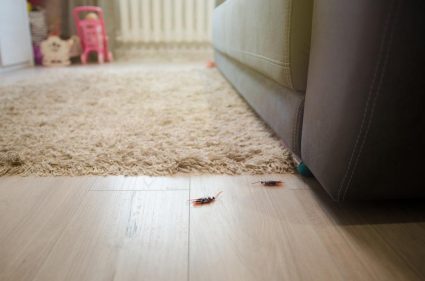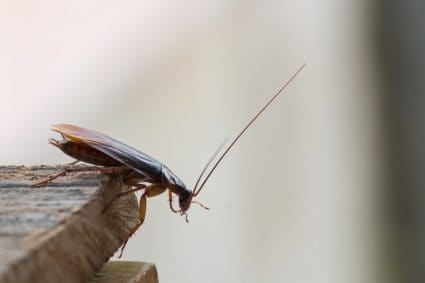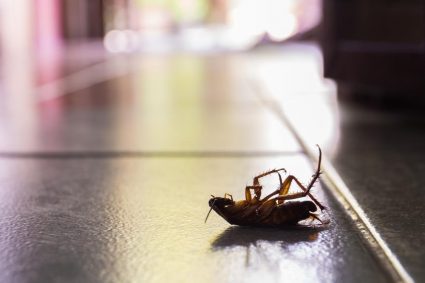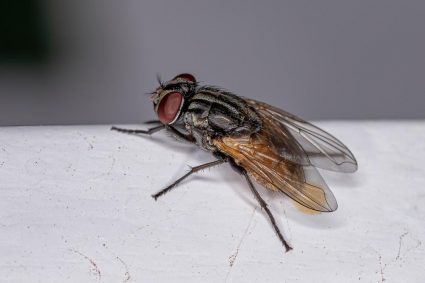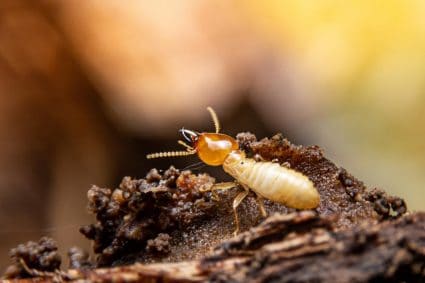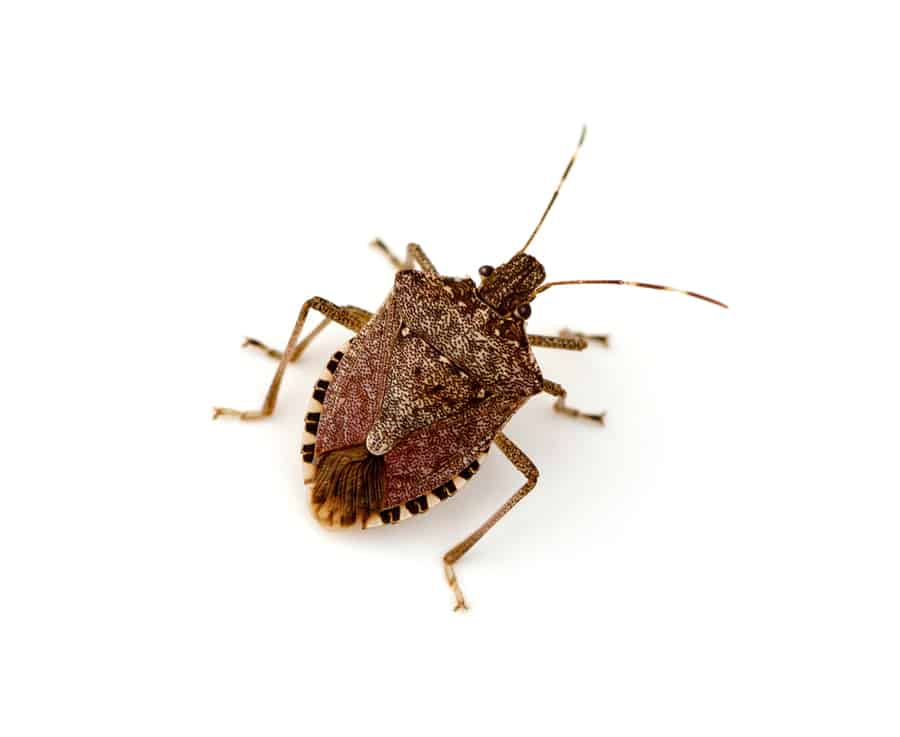
Stink bugs are a great example that should not be found anywhere in a home, especially in the fireplace.
As their name implies, they give off an extremely pungent odor when directly confronted, or an attempt is made to remove them.
In this article, we will discuss some ways to keep them out of chimneys.
Stink bugs are one insect you don’t want to share your home with you. Below are some strategies that can keep them at bay:
- Install flue covers and termination cap
- Seal all entry points
- Install a steel roof vent cap
In the following section, we will discuss seven ways to prevent stink bugs from entering chimneys and practical ways to eliminate them in case of an infestation.
7 Ways To Prevent Stink Bugs in Chimneys
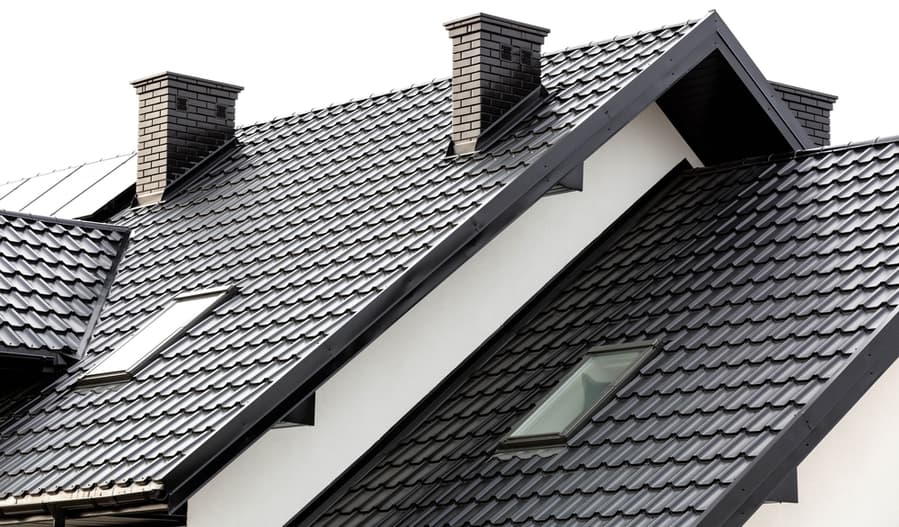
As hibernating insects, stink bugs tend to make their way to cold, damp places during the fall in preparation for winter. They automatically know when winter is coming. Like Jon Snow in the movie “Game of Thrones.”
All jokes aside, this makes most chimneys and fireplaces a very suitable and desirable environment for stink bugs to access and call home within your home.
Prevention is far easier and budget-friendly when dealing with stink bugs in your chimney than a cure.
Below, we consider seven ways to prevent them from entering chimneys:
1. Seal off Entering Points

You can start by sealing holes in the concrete or protruding parts of the chimney outside the roof.
Stink bugs are very flat in geometry and can get into any small space available. So, you must refuse them access through the fireplace from outside.
You can do this using concrete or reliable patching methods, such as a concrete caulk or liquid filler on concrete pitches or wide cracks in the chimney.
You must ensure that there are no cracks or gaping holes whatsoever in the chimney.
For minor cracks and holes of ¹/2 – ¹/4 inch, a silicone latex caulk can be used instead of a concrete caulk.
2. Use of Flue Covers and Termination Caps

On a lighter note, if Santa Claus can climb down a chimney to bring a gift, you can be very particular that stink bugs can climb down and open the chimney, too, bringing not-so-good gifts.
Cover the chimney openings with glue cover and termination caps.
This will let smoke exit but prevent any bugs or unwanted critters, such as stink bugs, from getting in.
3. Use of Steel Roof Vent Cap
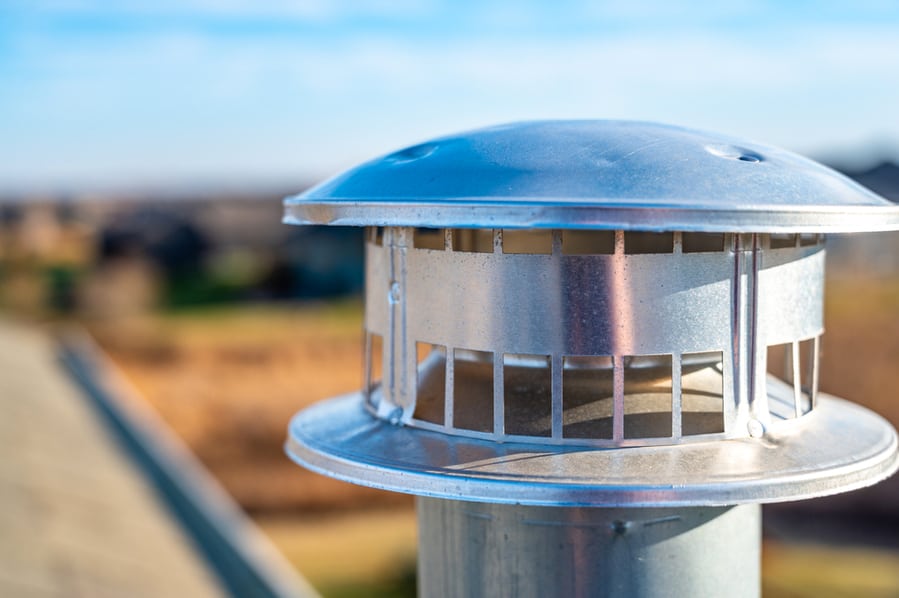
Another way to prevent a stink bug entry into chimneys is to install a steel roof vent cap.
This option can prevent bugs from gaining access to the chimney.
It uses a specially constructed removable screen with vents that don’t use any caulk but have a flapper for back drafts.
4. Use of Fireplace Cover
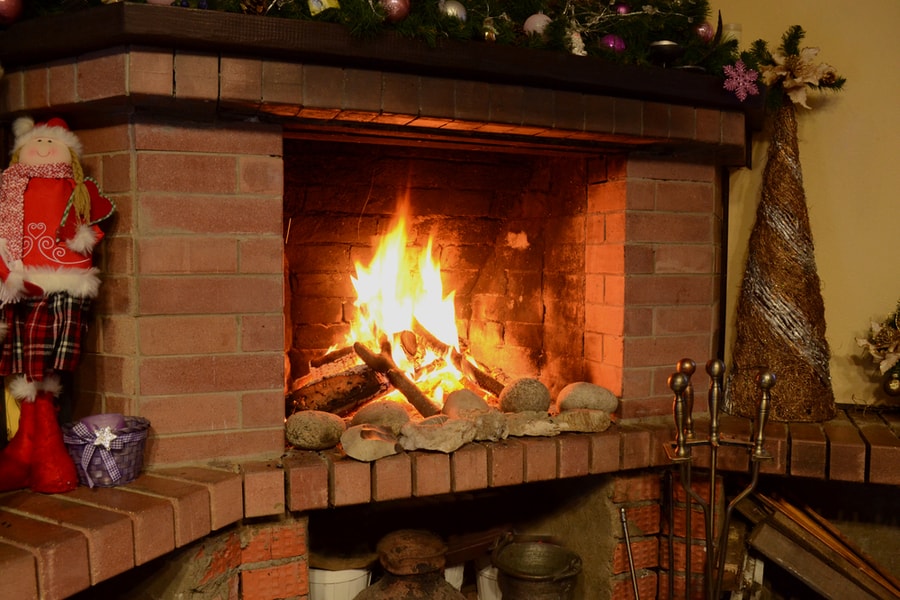
The solutions we have discussed so far have addressed preventing the entrance of stink bugs into the fireplace from the chimney.
This solution addresses the prevention of stink bugs entering the chimney from within the home.
The fireplace cover, usually called a mantel, serves as a screen of protection across the fireplace. It darkens the fire to prevent the light from attracting bugs, including stink bugs to the fireplace.
While preventing the passage of light, the cover does not stop the fireplace from producing heat.
It will serve as a form of partition between the stink bugs that may already be in your home and the fireplace which leads to the chimney.
5. Use of Glass Doors at the Fireplace Opening

This uses glass doors that can be opened or closed instead of a mantel to seal the fireplace from within when it’s in use.
The general use of thumb when using a glass door in a fireplace is to keep it closed when it is not in use and keep it open when used, as the heat will generally keep bugs away.
Using this method also has some extra perks and advantages, such as:
- Better and brighter fire burning.
- More heat radiation into the room than a fireplace without any glass door.
- It acts as a form of safety as it prevents curious children and pets from getting too close to the fire.
- This will ultimately prevent stink bugs from getting into the chimney.
6. Use of Fire Mesh

Fire mesh serves as a dual-option measure to prevent stink bugs from entering the chimney. It can be used outside on the top of the chimney to prevent stink bugs from getting into the fireplace from outside.
It can also be used inside the house to cover the fireplace, thus, preventing stink bugs from getting into the chimney from within the home.
It also provides an extra layer of protection that prevents embers from the fireplace from getting out and pets and children from getting too close to the fire.
7. Shutting Off the Flue
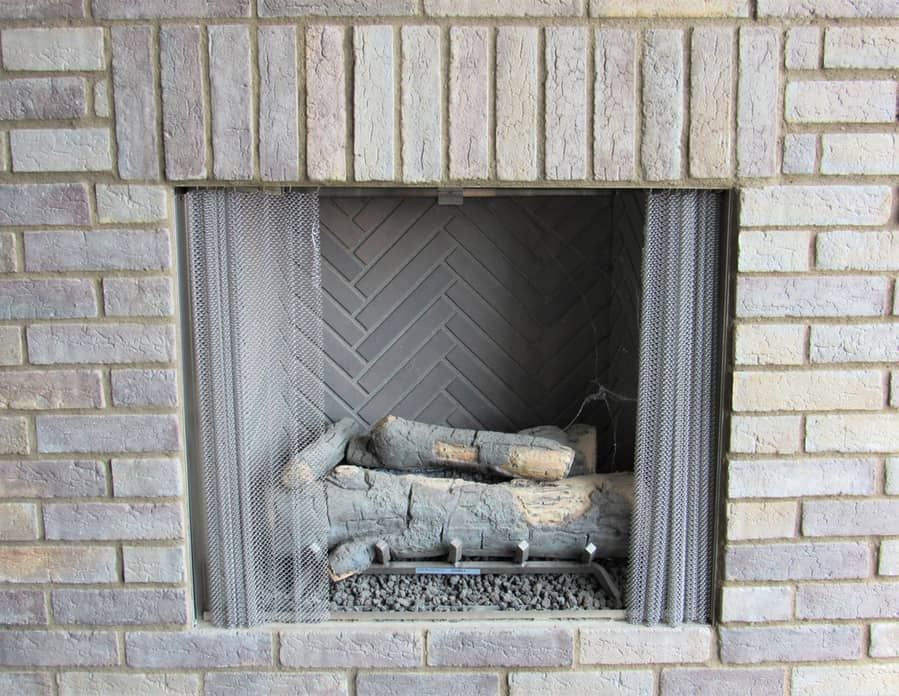
An excellent practice that can almost guarantee that stink bugs never get into the chimney is ensuring that the flue is closed when the fireplace isn’t in use.
Many families leave their chimney flue open when the fireplace is not in use. They leave it open because of the heat produced while the fireplace is in use.
Also, it’s practically impossible for any stink bug or bug to access the chimney because of the heat produced. However, when the fireplace is not in use, it’s a free entrance for all.
This tendency, coupled with the fact that most families only use their chimneys during the winter holidays, makes the chimney a hotbed entrance for stink bugs if left open when not active.
Therefore, individuals should be conscientious and aware of the state of their chimney flues, especially when they are not in use.
Stink Bug Prevention Checklist

Here’s a checklist to summarize the tips listed so far to prevent stink bugs from getting into chimneys:
- Seal off cracks and entry points
- Use flue covers and termination caps
- Use steel roof Vent caps
- Use fireplace Covers
- Use glass doors on the fireplace
- Use fireplace mesh
- Shut off chimney flues when not in use
2 Ways To Eliminate Stink Bugs From Chimney

If you’re reading this piece, there’s a good chance you searched for this because you’re already dealing with stink bugs in your chimney.
Here are some tips for dealing with stink bugs if they have already made their way into your chimney:
1. Use Effective Stink Bug Insecticides
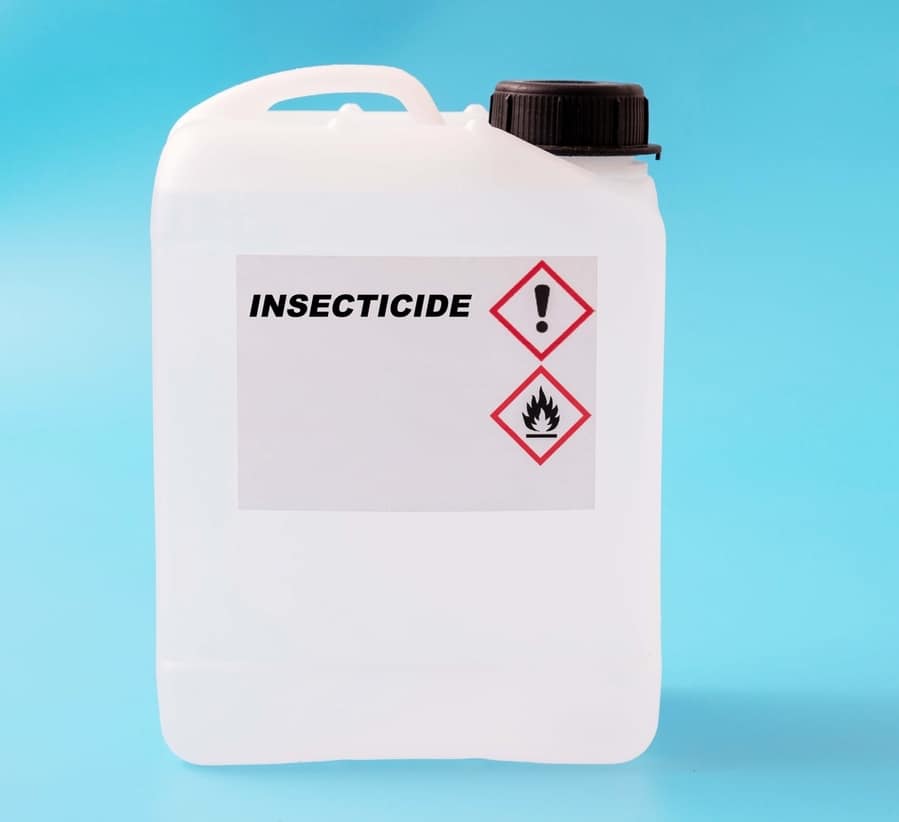
Ensure that the fireplace is put off before spraying the insecticide. Ignorant use may lead to fire hazards or incidents.
Then, spray between the vents, around the fuel, and down the chimney.
One can also spray insecticides at other entrance points of stink bugs into the home. These include doorways, cracks in the walls, window linings, openings, etc.
2. Hire a Professional Pest Control Service
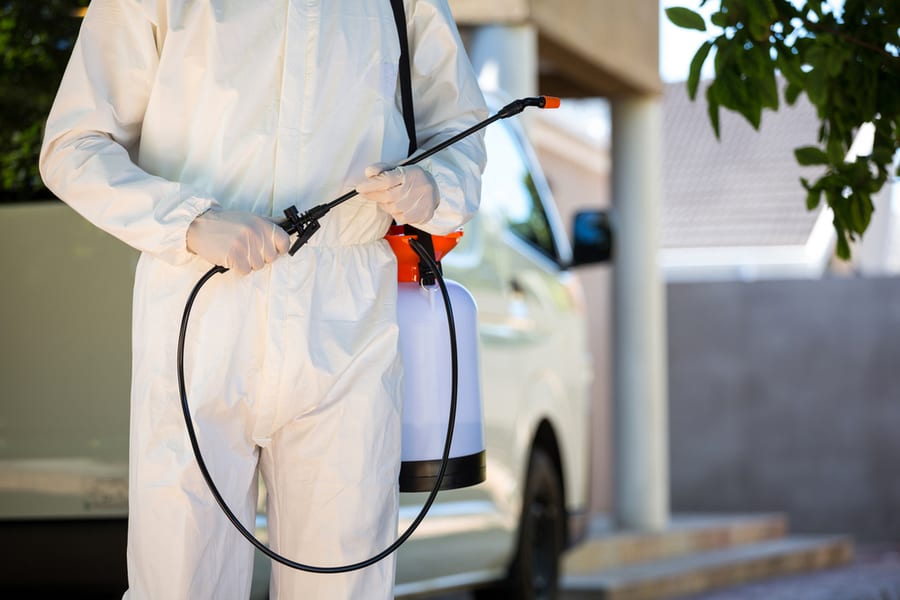
This is the most recommended control measure for stink bug control. Pest control services best understand how stink bugs operate.
They also know the best Insecticides to use for their control, their access point into the home, and best practices to keep them away.
So, contact one to handle the infestation problem.
Conclusion
Stink bugs are not welcome in our homes by any stretch of the imagination. Above, we recommended some strategies that can keep them at bay.
If any cracks or holes are found, such damages and gaps must be closed. Chimneys outside the home must have flue installations or caps and shouldn’t be kept open when not in use.
The fireplace inside the home should also be adequately protected using fireplace covers, mantles, glass door covers, or fire mesh to prevent stink bugs.
Other control measures may include the application of appropriate insecticides within and around the chimney to keep the stink bugs at bay.
Should you be overwhelmed with the instructions, don’t hesitate to contact pest control services, as they have been specially trained and equipped to handle such cases.
Frequently Asked Questions
What Repels Stink Bugs?
Natural repellents like peppermint oils, lemon green oil, and peppers irritate stink bugs.
You can apply them around the fireplace. Make sure you don’t use flammable repellents to prevent an explosion.


